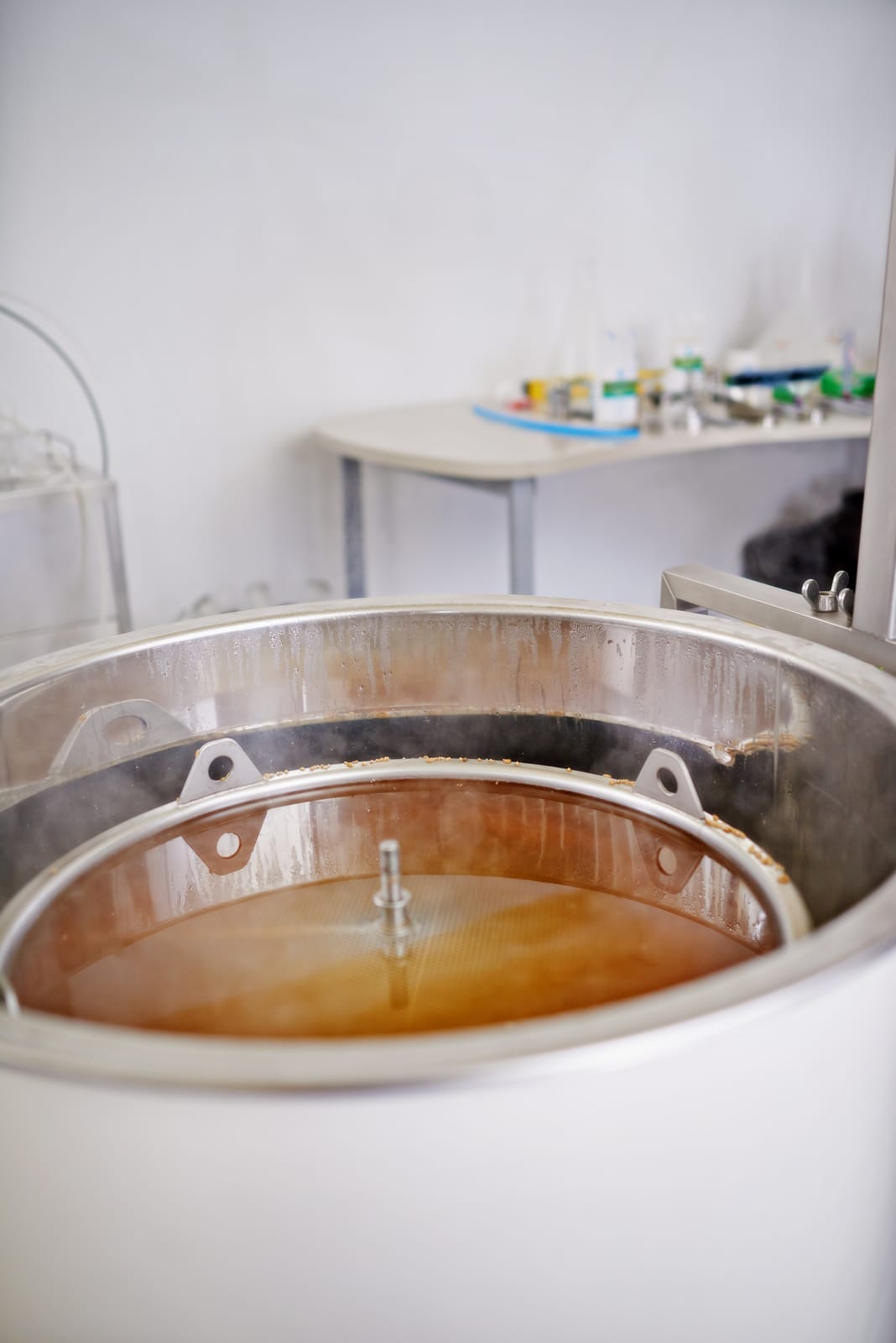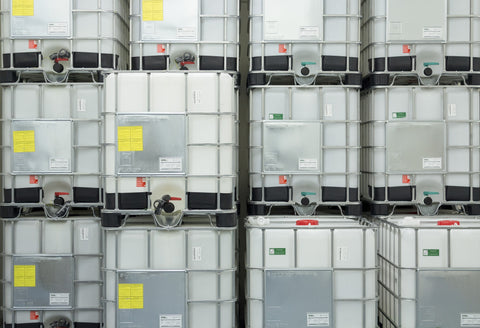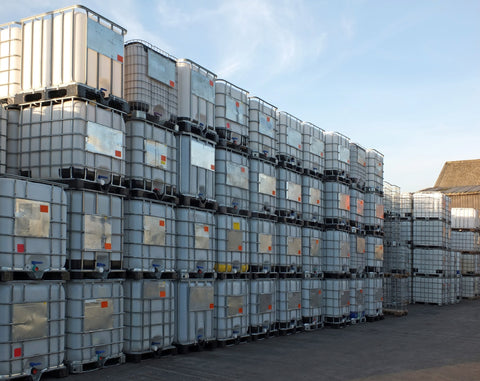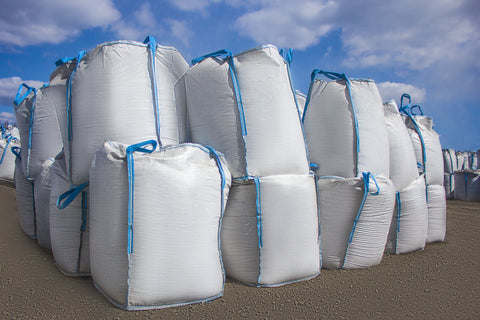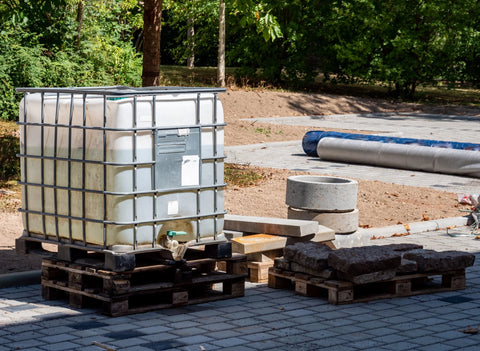Introduction: Setting the Temperature for Success in Distillery Processes
In the world of distillery, precision and control over the entire production process are paramount. Distillers are constantly seeking ways to enhance the quality of their products. This article explores the pivotal role of totes and heating in distillery operations, shedding light on how it addresses temperature control issues and enhances the quality of spirits such as mead and rum. Discover the transformative power of tote heating distillery, where precision meets passion in the art of distillation processes.
Precision is the heartbeat that drives the creation of exceptional spirits and alcoholic beverages. It's a realm where every degree of warmth holds the potential to elevate a drink from ordinary to extraordinary. From initial heating to maintaining appropriate heat for equipment and products, distillers aim to master the delicate dance of heating and cooling, the rhythm that shapes the essence of their creations.
Totes and Tanks in Distillery Processes
Understanding the Role of Totes and Tanks

Totes and tanks, typically constructed from stainless steel, while popular with many industries, are the foundation of distillery operations. These vessels are central in the storage and production processes for alcohol production industries. This stainless steel material ensures the utmost quality and durability for customers in the distillery industry.
Introducing a more general concept of storing various ingredients in the alcohol production process, from beer and mead to rum and other spirits or liquors, reveals the intricate dance of flavors, aromas, and chemical reactions that occur in distilleries and breweries alike.
In the world of brewing and distillation, storage is not merely a matter of convenience; it's a craft in its own right. Consider the honey that's carefully stored for mead production; the rum washes patiently, awaiting its transformation into the finest Caribbean rum, or the malted grains that promise exceptional beer. Each ingredient has its unique demands, and temperature plays a central role in this symphony of flavors. It affects the mixing of ingredients, the viscosity of solutions, and the delicate art of fermentation. Understanding and working within a full range of temperatures is the key to unlocking the full potential of these diverse ingredients and crafting exceptional spirits and brews.
Case Study Examples
Honey for Mead Production
Mead, often referred to as the "nectar of the gods," is one of the oldest fermented beverages known to humanity. It's a drink steeped in history and culture, made primarily from honey, water, and yeast. The production of mead, also known as mazing or honey wine, involves a fascinating alchemical transformation.
At the heart of mead-making is honey, the star ingredient that imparts both sweetness and complexity to the final product. Honey is not just a source of flavor; it provides the fermentable sugars that yeast eagerly feast upon during the fermentation process. This fermentation process is the magical conversion of those sugars into alcohol and carbon dioxide, transforming the humble ingredients into a delightful and intoxicating elixir.
Maintaining the proper temperature during fermentation is crucial, as it directly impacts the flavor profile, aroma, and overall quality of the mead. Stainless steel totes, often used in this process, offer an ideal solution. They provide a controlled environment for the fermentation vessel, allowing for the precise regulation necessary for consistent and high-quality mead production.
Rum Wash for Distilling Rum
The use of rum wash and the fermentation process are crucial steps in creating rich and flavorful spirits that are enjoyed worldwide. Rum wash is essentially a mixture of water, molasses, and yeast. This concoction is the foundation of rum production, with the molasses providing the essential sugars needed for fermentation.
The process begins with introducing yeast into the wash, which consumes the sugars, converting them into alcohol and carbon dioxide. Fermentation, the magical transformation from simple ingredients to a bubbling concoction, typically takes several days when the wash develops its distinct aroma and character.
The result of this microbial ballet is a fermented liquid known as "wash" or "mash," which contains alcohol and a spectrum of flavors influenced by the specific yeast strain used and fermentation conditions. This wash serves as the precursor to the distillation process, where the true essence of rum is born. The meticulous control of temperature and fermentation time is key to ensuring that the wash is of the highest quality, a critical factor in crafting exceptional spirits.
In the distillation industry, the quality of rum wash is of utmost importance. During the stripping run, precise heat control is achieved using efficient methods to heat the product. Many options, from propane or natural gas to electric heat wraps for totes, can control the ongoing temperature, allowing the wash to develop its rich flavors.
Fermentation in Distillery Processes
Fermentation serves as the cornerstone of alcohol production, a fundamental process intrinsic to the creation of spirits like rum, mead, and an array of others. This process revolves around the cultivation of an optimal environment, one where yeast can work its magic, converting sugars into alcohol. Central to this alchemical transformation is the meticulous art of maintaining the ideal conditions for fermentation.
Temperature, in particular, emerges as a pivotal element, shaping the very essence of the fermentation process and significantly influencing the eventual quality and flavor profile of the end product. Precisely achieving the perfect temperature for fermentation is no small feat, demanding the utmost precision. Distillers, akin to skilled conductors, vigilantly oversee and fine-tune these conditions, ensuring that the yeast thrives and imparts the desired alcohol content and flavor characteristics. It is this delicate dance of fermentation that breathes life into the spirit-making process, guaranteeing that each batch realizes its full potential.
Temperature Control in Distillery Processes
Temperature control is a critical factor in distillery processes. Inadequate control can result in many issues, from off-flavors to production delays. Innovative uses of modern heating and cooling equipment ensure that the tank and ingredient temperature remain within the desired range throughout the entire process. This attention to detail is what separates top-quality distilleries from the rest.
Distillers rely on various instruments, such as thermometers and temperature probes, to monitor and adjust the air inside the totes and tanks. Digital temperature controllers provide real-time data, ensuring that the heating equipment operates at its most efficient capacity.
Small Scale Operations
In recent years, there has been a notable surge in the number of individuals venturing into the captivating world of home distillation and alcohol fermentation. With the availability of information and resources on the internet, coupled with a growing fascination for craft beverages, more people are exploring the art of creating their own spirits and fermented concoctions. This burgeoning interest is not only driven by a desire to craft unique and personalized beverages but also by the appeal of understanding the intricate processes behind the drinks they enjoy.
Home distillers and amateur brewers are embracing this journey with enthusiasm, pushing the boundaries of creativity while gaining a profound appreciation for the age-old traditions and innovations in the world of distillation and fermentation. As this trend continues to flourish, it brings together a diverse community of enthusiasts, sharing knowledge, techniques, and a passion for the craft. Some frequently asked questions from individuals venturing into this world follow below.
What is the difference between a wash still and a spirit still?
A "wash still" is used to separate the initial fermented liquid into alcohol vapor and other compounds, while a "spirit still" refines and concentrates the alcohol vapor obtained from the wash still to produce the final spirit.
What temperature should I run my moonshine still?
The temperature for running a moonshine still varies depending on the spirit and recipe but generally starts at around 173-176°F (78-80°C) and may gradually increase as distillation progresses.
What is the name of the distillate from the wash still?
The distillate from the wash still is known as "low wines" or "raw spirit," which is further refined in the spirit still to create the final purified spirit.
How much do you have to discard when distilling?
During distillation, distillers typically discard the initial portion called "heads" (contains undesirable compounds) and the end portion known as "tails" (heavier and less desirable). The middle portion, the "heart," is collected for its purified alcohol and desirable flavors. Discarding a small amount of heads and tails is generally recommended to ensure the quality and safety of the final product.
Achieving Distillery Excellence
The production of these products requires true skill and craft to keep the customers coming back. Controlling the temperature of ingredients and end products in distillery and alcohol production processes is a key factor in achieving consistent quality and efficiency. Whether you're producing rum, mead, bourbon, or other spirits, the ability to control and adjust the temperature is crucial. Investing in insulation and heat solutions can make a significant difference in the final product's flavor, ensuring that your spirits stand out in the competitive market.


